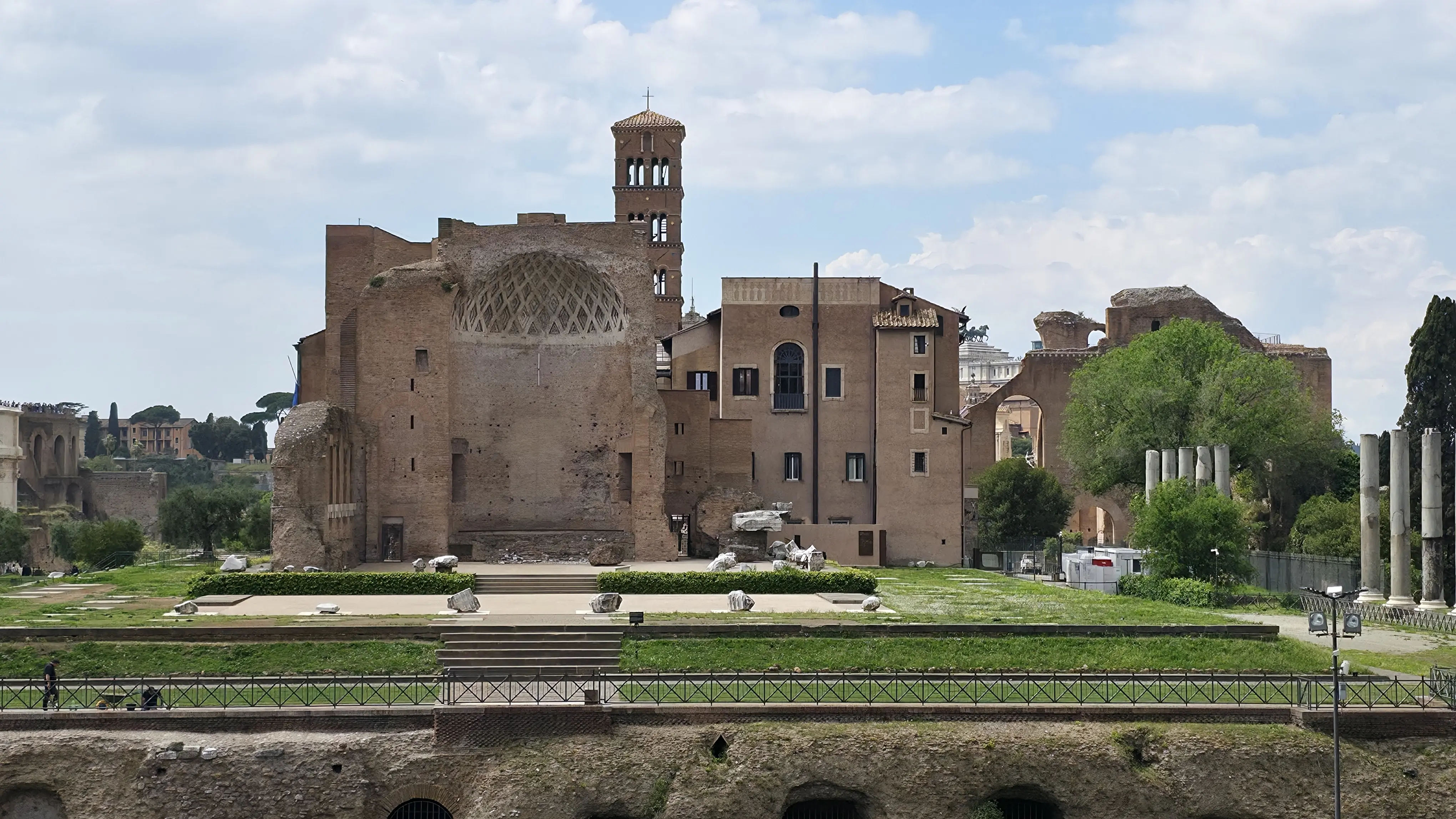Ciao, fellow world travelers! ✨ Welcome to one of the most majestic yet often overlooked wonders of ancient Rome: the Temple of Venus and Roma. Nestled at the eastern edge of the Roman Forum near the Colosseum, this architectural masterpiece celebrates not one, but two powerful female figures: Venus, the goddess of love and beauty, and Roma, the divine personification of the Eternal City itself.
Once considered the largest temple in ancient Rome, this site is a marvel of imperial ambition, artistic design, and philosophical symbolism. Whether you’re a history lover, architecture buff, or simply looking for a scenic spot to pause during your Forum visit, this temple deserves your full attention.
🏛️ Dual Dedication, Monumental Vision
Commissioned by Emperor Hadrian in the 2nd century AD, the Temple of Venus and Roma symbolized the fusion of Roman power and divine grace. Its dual dedication was unusual and deeply symbolic: Venus represented Rome’s mythical origins (as the mother of Aeneas), while Roma embodied the city’s enduring strength and destiny.
Hadrian himself was said to have designed the structure, a testament to his deep engagement with the arts. The temple was strategically placed to face both the Roman Forum and the Colosseum, symbolically uniting love and empire, myth and might. Its orientation was unique: back-to-back cellae (inner sanctuaries) for each goddess, a design that emphasized unity through duality.
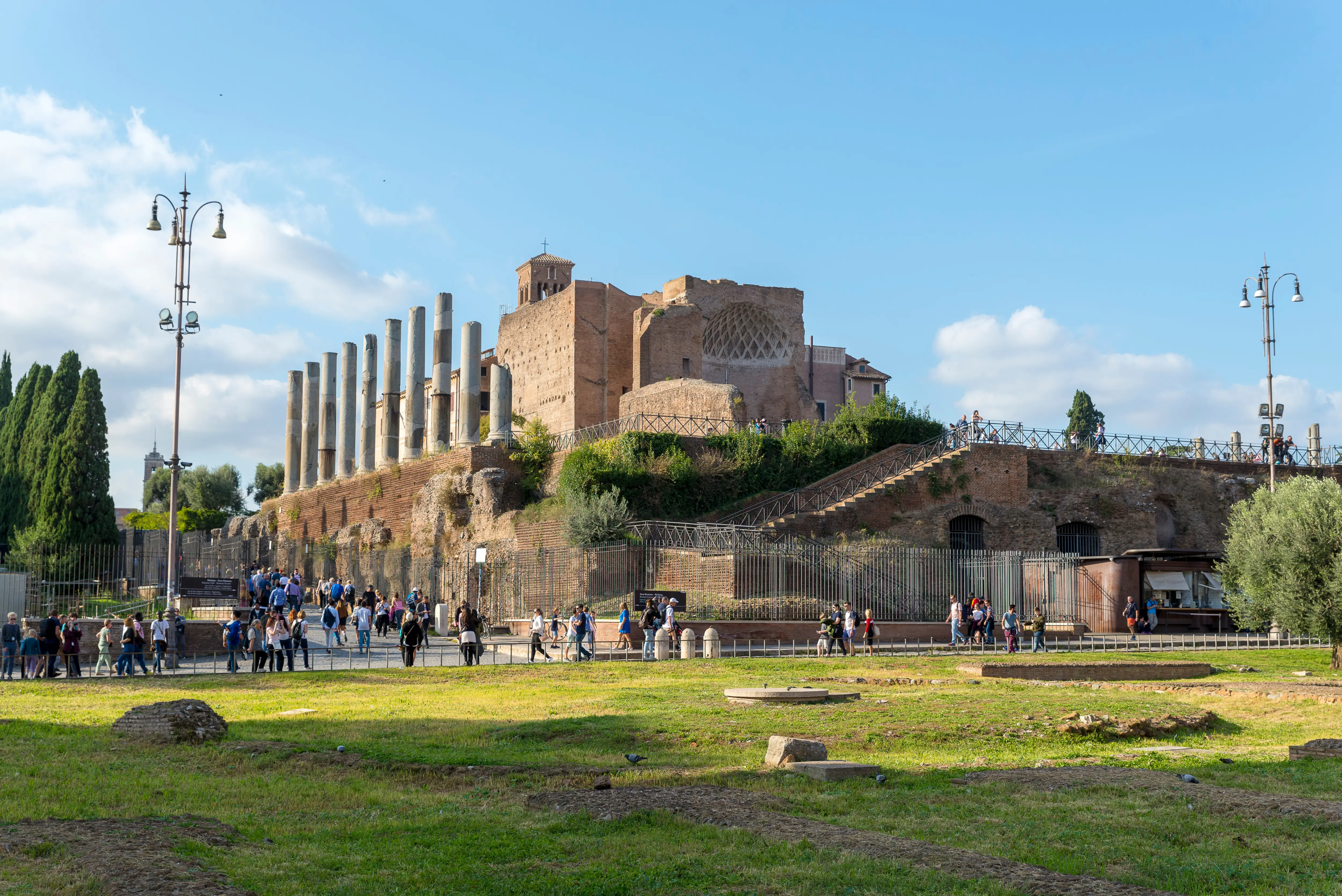
🧱 Architectural Grandeur
This temple wasn’t just spiritually significant, it was architecturally groundbreaking. Its colossal scale, elegant columns, and richly decorated interiors made it one of the most striking structures in ancient Rome. The massive platform it sits on is still visible today, as are several of the majestic columns and steps. The structure was originally clad in white marble, with bronze tiles on the roof. Inside the twin cellae stood giant cult statues of the goddesses, surrounded by intricate decorations that elevated the divine presence.
The temple also provided a powerful urban axis, forming a visual and symbolic bridge between the Roman Forum and the Colosseum. This location allowed it to dominate the eastern end of the Forum and align with Hadrian’s vision of a cohesive imperial landscape.
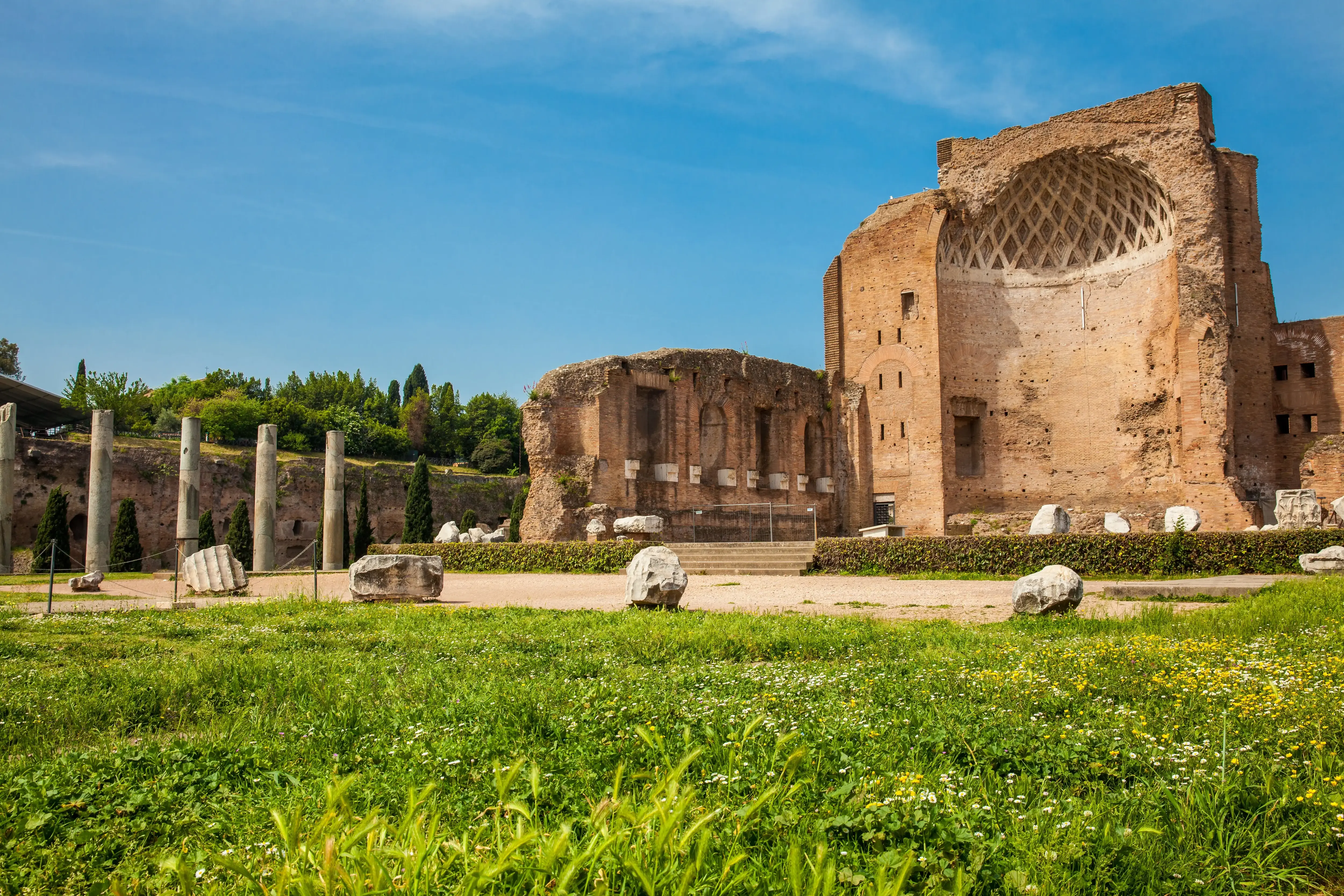
⛪ From Pagan Shrine to Sacred Church
In the 8th century, after centuries of use and neglect, an oratory was established in the portico of the ancient temple under Pope Paul I. Following a devastating earthquake in the 9th century that destroyed much of the immense structure, a Christian church rose from the ruins: Santa Maria Nova, which was rebuilt between 847 and 996. After major reconstruction in 1612, the church was renamed Santa Francesca Romana in honor of the Roman saint and protector of drivers.
The church still stands today, with Roma’s original cella ingeniously incorporated as the belltower, blending layers of history atop the ancient ruins. When you visit, you can admire both the preserved elements of the temple and the later Christian additions. It’s a beautiful example of Rome’s living, breathing timeline, where old and new harmoniously coexist.
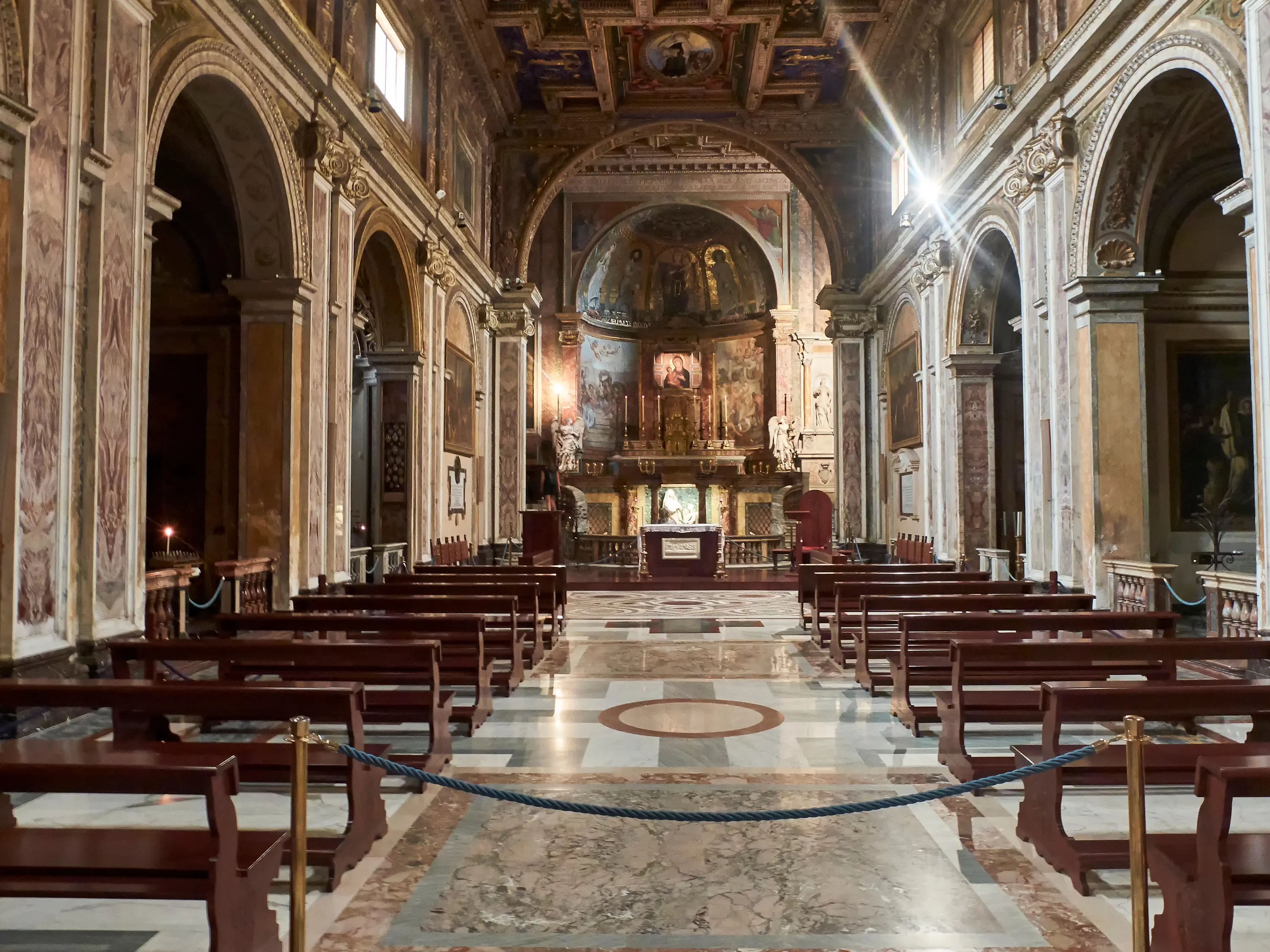
📍 How to Visit & What to Look For
- Location: Roman Forum, at the eastern end near the Colosseum.
- Entry: Included with a combined Colosseum/Forum/Palatine Hill ticket.
- Highlights:
- Surviving Corinthian columns along the northern side
- The apse and some marble floor fragments
- The Church of Santa Francesca Romana, with its baroque façade and ancient underpinnings
- Stunning views of the Colosseum from the temple platform
- Tip: Visit in the late afternoon for softer light and fewer crowds. It’s an ideal photo stop with panoramic views of both the Forum and the Colosseum.
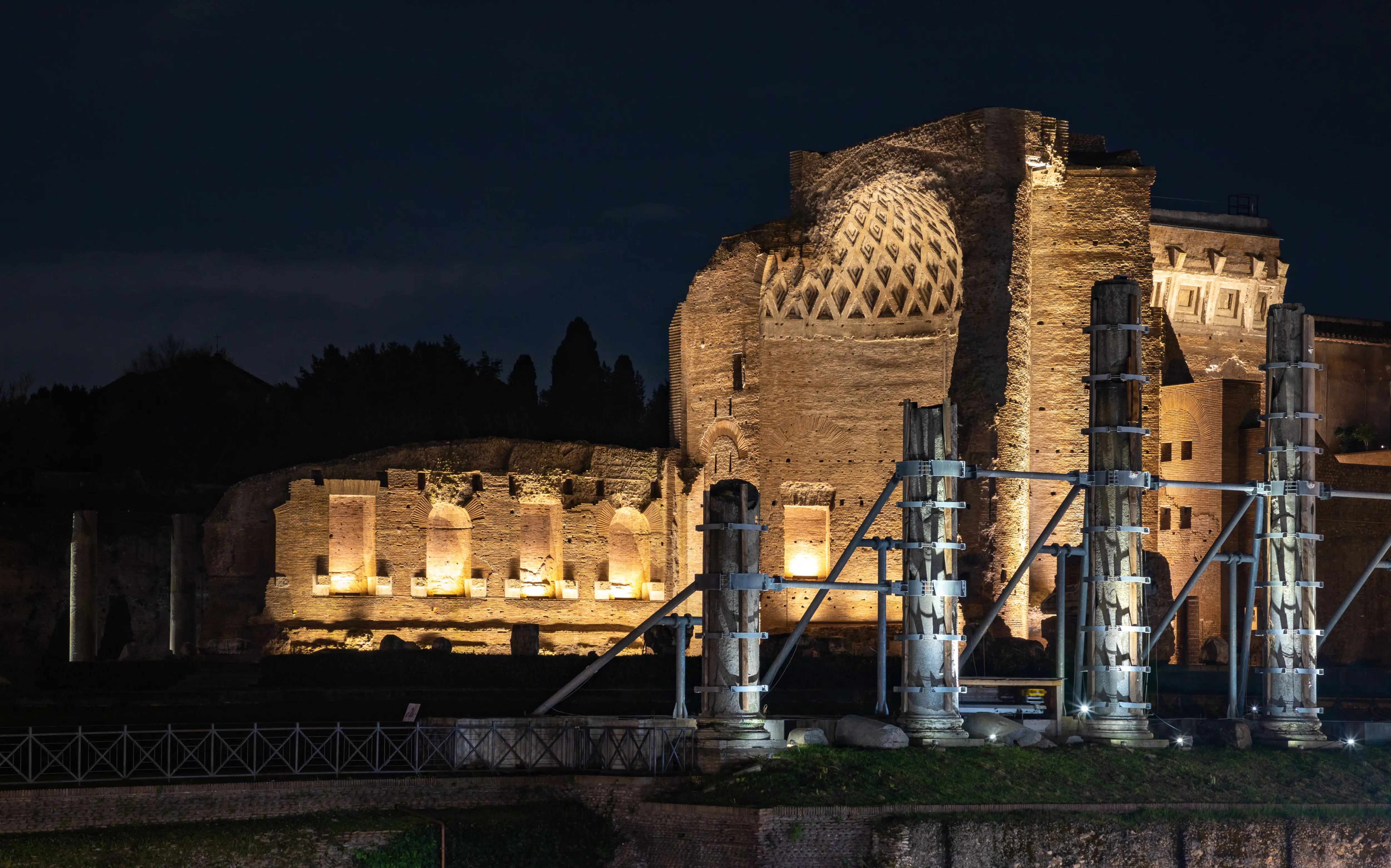
Final Reflections
The Temple of Venus and Roma invites you to pause, not just physically, but philosophically. Here stood a temple to love and empire, beauty and endurance, goddess and city. The blending of spiritual and civic ideals is something that defined Roman grandeur and echoes even today.
Walking among the scattered stones and towering columns, it’s easy to imagine how this place once shimmered with marble and gold. But even in its ruined state, it radiates power. This is a temple that spoke of Rome’s strength in unity, its legacy in love, and its unmatched ability to weave mythology, architecture, and politics into living stone.
So next time you’re at the Colosseum or strolling through the Forum, take a few moments to step up onto this platform of history. You might just find yourself falling in love with Rome all over again.
xoxo,
Bubbly 🌸

